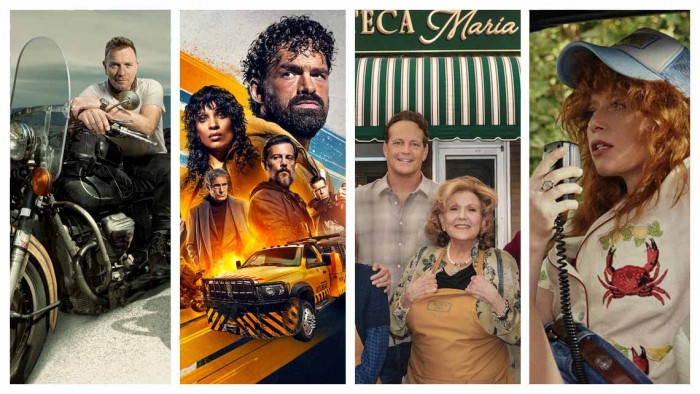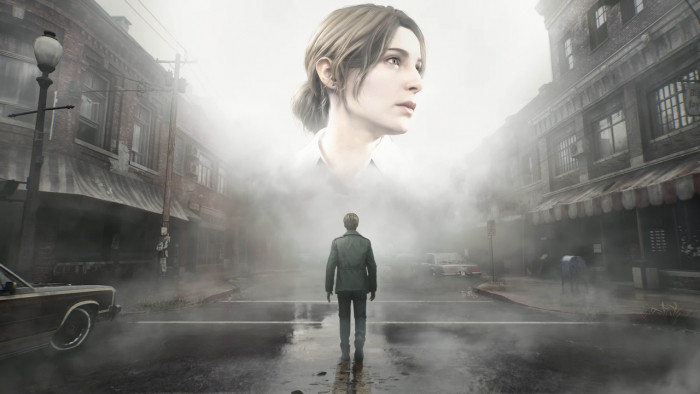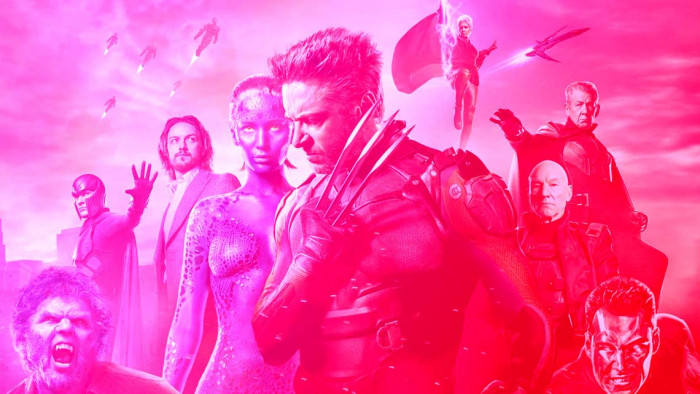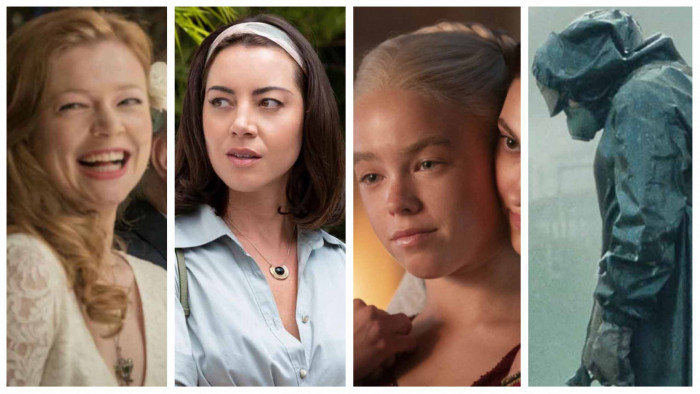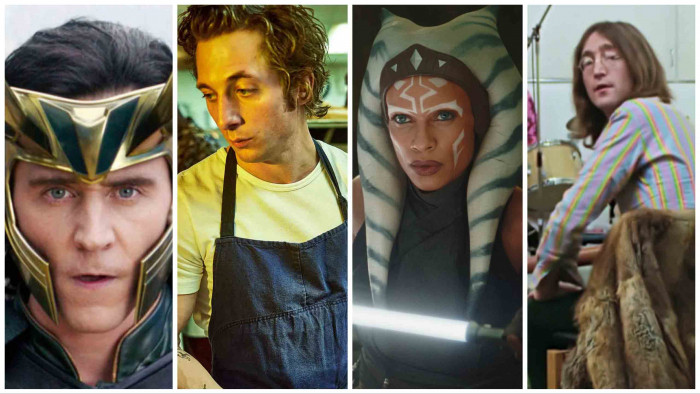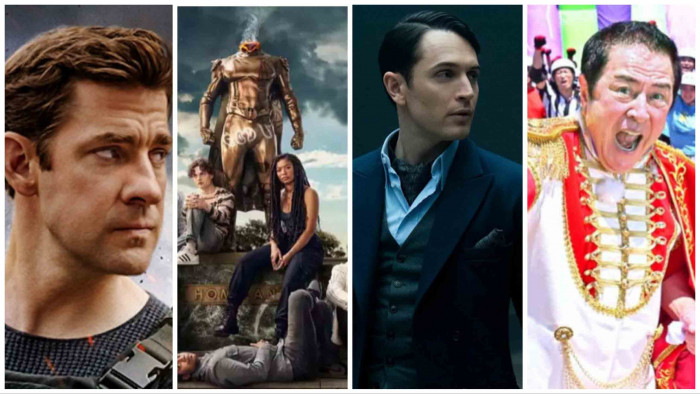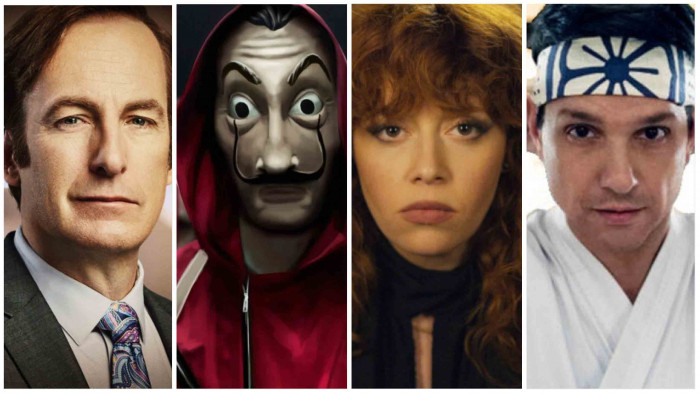As Private Eye celebrates half a century, its editor, Ian Hislop, takes the reins at ShortList. Tom Ellen sits down with the king of British satire.
First of all,” says Ian Hislop, “can I just point out that I’m the only person here wearing a tie?”
In the ShortList boardroom, the team laugh nervously and fidget with their unfastened top buttons. We’re roughly 10 seconds into the first meeting with our guest editor and we’re already being reprimanded for sloppy dressing. Of course, Hislop’s joking. At least, we hope he’s joking. It’s hard to be sure. In his two-and-a-half decades as editor of Private Eye, the 51-year-old has been responsible for some superb comedy, as well as some serious drama. While half of his iconic magazine is given over to scalpel-sharp satirical humour, the other half is dedicated to uncovering corruption, broadcasting wrongdoing and generally venturing into waters where other news vessels fear to sail.
And for that, it seems, a tie is required.
Private Eye is 50 this month, marked by its own exhibition at London’s V&A Museum, and, by way of celebration, its editor of 25 years has become ShortList’s editor for one week. Perched at the head of our meeting room table, Hislop is currently perusing items for inclusion in this week's issue.
Have I Got News For YouBut who are we to question Hislop’s methods? As his own magazine proudly notches up its half-century, it remains as relevant, groundbreaking and funny as ever.
FIGHTING THE LAW
Private Eye was born in 1961; the brainchild of a motley crew of Oxford undergraduates, who had intended it to be an extension of the humour magazine they’d started at school. However, the combination of relentlessly high-quality copy and financial backing from, among others, the late comedian Peter Cook (who was responsible for the idea of adding speech bubbles to topical photos — a trend that can still be found on the magazine’s covers today) soon saw the publication extending its remit from just silly jokes to silly jokes and great journalism.
While still a student at Oxford, Hislop interviewed the Eye’s co-founder and then editor, Richard Ingrams, for his own university magazine, taking the occasion as “essentially an opportunity to try to make [Ingrams] laugh”. Once he’d finished his finals and been to the Edinburgh Festival and back with a comedy revue, the freshly graduated Hislop contacted Ingrams again to tell him, in no uncertain terms, “Here I am — you need to employ me.”
He laughs as he remembers it. “It’s ridiculous when you’re that age. You have a great deal of confidence. Unfortunately, it p*sses away over the years.”
That youthful self-belief was more vital than ever three years later when Ingrams decided he’d had enough of the top job and appointed the 26-year-old Hislop as editor, much to the chagrin of certain older colleagues.
“There was an attempted coup by the middle-aged men,” Hislop chuckles. “Two of them [long-time Eye hacks Peter McKay and Nigel Dempster] took Peter Cook [who owned the bulk of the magazine’s shares] out to lunch and essentially told him not to give me the job. They made the mistake of making this lunch largely liquid, which Peter would have enjoyed, and he was having none of it. I bumped into him as he came back to the office and he just said, ‘Welcome aboard.’ At that point, knowing they’d tried to get me out, I was happy to get rid of them and bring in some of my own people.”
And it wasn’t only in crushing mutinies that Cook proved a useful ally. “Peter was brilliant in court,” Hislop recalls. “He always turned up when there was trouble. During the Maxwell case [in which Robert Maxwell sued the magazine over its now-legitimate suggestion that he looked like a criminal], he sat in the back of the courtroom during the cross-examination and just waved his chequebook at Maxwell. I thought, ‘Yeah, that’s the sort of proprietor you need.’ Maxwell didn’t react, of course. He found nothing funny — particularly not us.”
Having lost the case and seen Private Eye having to part with £250,000, Hislop continued the ‘chequebook’ riff outside the court, telling reporters, “I’ve just given a fat cheque to a fat Czech.”
This act of prising open the company coffers for legal costs was hardly a novel experience. Ever since the magazine’s inception, standing in front of judges has been a major part of the Private Eye editor’s brief. From Ingrams narrowly avoiding jail for more than 60 libel writs in the Seventies to the numerous lawsuits that have seen Hislop crowned “the most sued man in English legal history”, the magazine’s staff have left courts feeling disappointed more often than Tim Henman.
While Hislop tells us he rather enjoys receiving writs, as “it means we’re still doing something right and annoying people”, one case brought against him in 1986 nearly saw his magazine come crashing down for good. Mere months into his editorship, Hislop published accusations that Sonia Sutcliffe — then wife of ‘Yorkshire Ripper’ Peter Sutcliffe — had attempted to profit from her connection to her husband. She subsequently sued, won the case, and Private Eye was ordered to cough up £600,000 in damages. “That was really worrying because we just didn’t have the money,” Hislop admits. “I thought, ‘I’ve been given this magazine and I’ve gone and bankrupted it.’” To the immense relief of the Eye’s staff and readership, however, an appeal later knocked a zero off that amount, rendering it far more manageable.
With legal battles playing such a sizable role in his career, it seems fitting that Hislop’s proudest moment in his tenure as editor is, he tells us, “our first win in a libel case”.
He continues: “It was to do with a bent accountant. It had taken us 10 years to fight and cost us nearly a million pounds — none of which we got back because the guy went bankrupt — but we fought and fought and finally won. The opposing lawyer had said to our lawyer, ‘We’re going to stuff you and I’m going to buy myself a Ferrari.’ When we won, our lawyer bought a Dinky Toy Ferrari and gave it to him. That was a great moment.”
MAKING ENEMIES
As you’d imagine of a magazine whose editor splits his schedule between the office and the courthouse, Private Eye often divides people. While current sales figures confirm its ongoing popularity with the masses (it shifts an impressive 210,000 copies per fortnight), its very raison d’être — highlighting corruption and “annoying people” — also guarantees it its fair share of enemies. Not that the Eye is one to shy away from confrontation, of course. Rarely does an issue go by without one of the magazine’s favourite whipping boys (or girls) receiving an expertly penned uppercut.
Is it ever awkward, we ask, for Hislop to run into someone such as Piers Morgan — whom his publication has long been referring to as “Piers Moron”?
“Not at all,” he says. “I’d expect him to be embarrassed, but I certainly wouldn’t be. This is the man who had people door-stepping my house to try to dig up filth on me. So, I think, given his record, he should be extremely embarrassed.”
Fair enough. But how would he cope with bumping into, say, Andrew Marr, whose superinjunction Private Eye recently launched a successful legal challenge against?
“Ah,” he nods. “Now, that might be embarrassing. But [Marr] did at least have the grace to say, ‘I should never have taken out this superinjunction and I didn’t go into journalism to gag journalists.’ So, in the end, his conscience was the winner there, even if we prompted it.”
Hislop even relishes the idea that the magazine is being anxiously thumbed inside 10 Downing Street. The suggestion that Messrs Cameron and Clegg might be following regular feature ‘The New Coalition Academy Newsletter’ — in which ‘Dave’ is portrayed as a hapless headmaster, with ‘Nick’ as his shadow-dwelling deputy makes him “feel great”.
How can he be certain they’re reading it, though? After all, one of Tony Blair’s advisers claimed that the ex-PM never even opened a copy.
“I don’t believe that,” he laughs. “I remember [Peter] Mandelson once saying, ‘I haven’t read Private Eye for years,’ when only a couple of weeks earlier he’d mentioned seeing that we’d compared him to the Russian secret policeman Lavrentiy Beria. So you take what [politicians] say with a pinch of salt.”
LIQUID LUNCHES
If a week is a long time in politics, then 50 years is one hell of a long time in satire. How, we enquire, does Hislop feel the magazine has changed since it started?
“Its goal is still broadly the same as it’s always been: to question the official version of events. If you’re told, ‘This is true,’ the Private Eye reaction is to go, ‘Is it?’ But the idea that we’re saying, ‘Everything’s sh*t and it doesn’t matter,’ isn’t right. What we’re saying is: ‘It does matter and it shouldn’t be sh*t. And the fact that it is sh*t is outrageous.’ I think laughing at politicians is part of the same process as scrutinising them or voting for them.”
Eye“There are anonymous drops,” says Hislop. “People put things through our door — documents, internal memos and you think, ‘This is fabulous. This is real.’ But you only get those things if you persuade people you’re not total arseholes who’ll mess things up for them.”
This delicate process of ‘arsehole dissuasion’ is, by all accounts, rather a fun one. The Eye team host fortnightly lunches at Soho pub The Coach & Horses, inviting, in Hislop’s words, “Anyone who might give us a story, or might enjoy the meal, have some goodwill and then give us a story later. They’re fairly cynical affairs.”
Fairly cynical and, it seems, fairly boozy. “I’ve found, as I’ve got older, I have to delegate the drinking,” laughs Hislop. “My deputy editor will stay until the end, but I usually go early, pleading age.”
And does the red wine-swilling continue back in the office? “There has been a certain amount of that,” he smiles. “That’s what journalists are like. But nothing survives for 50 years purely on anarchy. If you think I’m swinging on the chandelier and everyone’s getting legless and trying to lynch each other, you’re pretty wide of the mark.”
By now, there’s a photographer pacing patiently outside the boardroom, waiting to shoot Hislop for our feature, so we squeeze in a final question.
News Of The World“The collapse of the coalition will be a good issue,” he laughs. “That won’t be long now. And, of course, the collapse of the entire Western financial system. That’ll be our last issue.”
Something tells us, however, that even global liquidation couldn’t defeat Private Eye. Considering the affection its readers feel for it, the idea of the magazine notching up another 50 years doesn’t seem at all unlikely.
“Do you know,” says Hislop, finishing his tea and readying himself for his photoshoot, “a bloke came up to me in the street the other day and told me he’d buried his dad with a football scarf and a copy of Private Eye. Isn’t that great? I thought, ‘Well, we can’t have done everything wrong, can we?’”
Private Eye: The First 50 Years, An A-Z is available now. The Private Eye 2011 Annual is available from 12 October; private-eye.co.uk
(Images: Adrian Weinbrechtpa, PA, BBC)
Latest
Related Reviews and Shortlists



